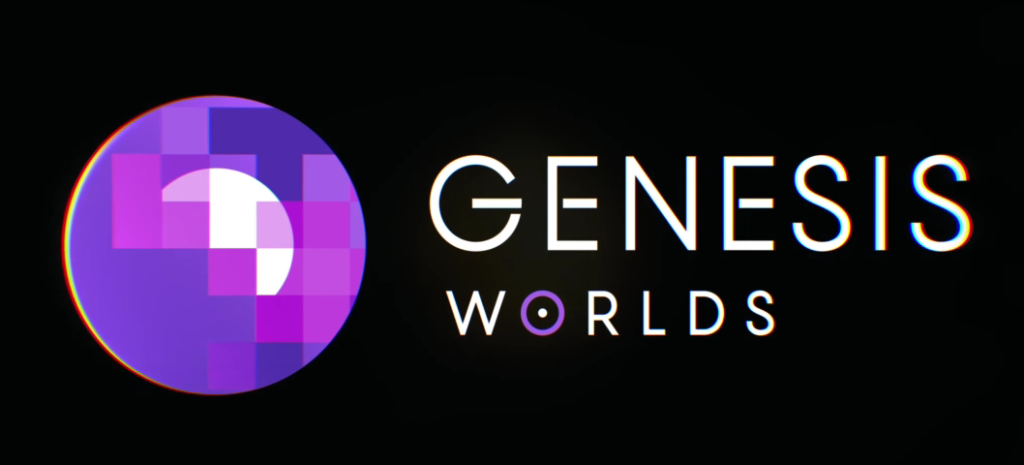
Thoughts from GAME Credits CIO Matt Quirk
“The only true voyage of discovery, the only fountain of Eternal Youth, would be not to visit strange lands but to possess other eyes, to behold the universe through the eyes of another, of a hundred others, to behold the hundred universes that each of them beholds, that each of them is.” – Marcel Proust from Remembrance of Things Past
Innovation is birthed at the frontier of technology and business. Often people will pair innovation in their minds with tech only, but in some other ways business innovation is harder. The negative space of new business models is where opportunity lies. It also tends to be riskier. This is the state of the gaming industry as we know it today. It is ripe for disruptive innovation brought about by blockchain technology. The cost of making a quality game is expensive, risky, and failure laden. Blockchain helps decentralize the process and distribute the fundraising of system utility through fungible or non fungible tokens. NFT’s are the straightforward way as they are easily transferable and can easily represent THINGS digitally. But success in this space is more of a challenge than just selling NFT’s with promised functionality. Tokens in the metaverse, like money in the real world, grant stored up trade power. This trade power exists both as an in-game currency and funding mechanism as people pay it forward. Similar to when Ethereum first went live and people bought tokens, few envisioned how it would be the instantiator of so many DeFi projects. The funding mechanism is geared toward varied utility with incentive-steering behaviors beneficial to the project and community. Smart contracts are the tool of the game theorist, to motivate the groups into what is of the best interest of all parties and the growing community. It is the systematic organization of these components in an innovative way that will disrupt the existing gaming industry dominated almost monopolistically by the few large players. This is the white space of opportunity beyond NFT’s. Toward the heart of this negative space traverses a thriving and growing community engaged by the option of participating as a funding agent, a creative agent, a steering agent, or just someone enjoying a solid game experience.
The business models of the existing gaming industry are well known. Generally speaking, those models fell into two modes. The first is the more traditional mode of console gaming, the predominant model for years, where one pays for content beforehand, and publishers and developers license their content to players and may pay a license fee or app store fee to make the game available on a particular platform. Financial risk for this model falls on developers and publishers, and this very much mirrors the movie industry. With the advent of a ubiquitous internet and low cost mobile and tablet apps that go for volume sales, a new model emerged. The second model that has taken hold is the free to play model. This grants players a large amount of playability within the game, but requires payment to unlock additional content that might be expressive, more powerful, or a unique experience. This new model has emerged and taken over many games released today. It has proven quite lucrative and the likes of Fortnite and League of Legends have perfected this model. Both of these models are completely centralized, with strict control of licensing, content purchases and platform fees centering on the big companies in the gaming industry. They have perfected the free to play model, building a great game, massive following, and then sell the most exclusive content to those with the deepest pockets. It is extremely difficult to compete with these large games directly with the same business model. In fact, it becomes almost impossible with lottery-like odds of having something that breaks through to compete.
The free-to-play model doesn’t translate well with NFT content. The sheer potential volume of transactions and need for scarcity to drive interest makes it difficult. When we at GAME Credits first began developing our own games and working with blockchain games that partnered with us, we thought about this free-to-play model, and how it might be done with NFT’s. As we worked on Nova Blitz and thought about it more, we realized it likely wouldn’t work. Part of the benefit of NFT’s is the secondary market capabilities of buying and selling. And if as a developer, content is being sold directly to players, and they are selling the same content on the secondary market at likely lower prices, one must have a continual flow of new content and really strong analytics to understand and respond to the market dynamics. The benefit of secondary sales to owners, in a free-to-play model, where volume of players is everything, just didn’t make sense. Prices would remain the same from a direct sale standpoint, but they would start to drop as people would see just how many existed. This can actually be seen today in some blockchain games. Furthermore, much of the blockchain tech would not be able to scale to the sheer number of transactions that would result especially if the game really took off.
Meanwhile, we watched business model innovations occurring in some of the blockchain indie games where NFT scarcity was embraced as a new business model. One game that joined our rewards portal, and had created an Eve-like demo, where starships cost significant ETH to purchase (thousands of dollars), had begun innovating with a new model. They embraced the higher cost and built around it. If there were enough buyers of these ships, then a significant funding level would be achieved and the project could continue. Non-starship owning participants could band together and rent time on a starship to complete missions, while battling or competing with other “bands.” It created an interesting dynamic. Starship owners were able to earn a passive return on their large expenditures while renters could pay a small amount and potentially play-to-earn or enjoy the experience. The Game developer could then develop the game with the funding they had made to a degree it was playable, and then decide on whether more starships that were potentially different, unique or added new dimensions of game play could be sold in the future. This model was very much a kickstarter approach but it was more decentralized in that Kickstarter as a company wasn’t involved. The game itself actually never took off, and the aspect of decentralization was that the project failed to convince potential starship buyers of its merit, or the project team never fully delivered on the game. In this kickstarter-like model, the studio making the game has a responsibility to convince potential players of the merits of their project. While there have been many failed blockchain games, others have succeeded experimenting with new models. In contrast, both Decentraland or The Sandbox could be considered a success in their decentralized funding approach. Instead of starships, these metaverses sold land. Their finite amount of land that can be purchased at a relative premium (for a game it was expensive, for blockchain it was inexpensive) was similar economically with the starship, land owners have an expanded in-world experience mainly economically as they are able to build on their land and sell experiences to users who might visit. The predetermined rarity and potential derivative benefit, it incentivized individuals to buy into it seeing not only the possibility of demand increase for the land, but the ability to take advantage of in-game economies for buying and selling . The possibility of getting your money back or even turning a profit seemed very real and eventually became real. It has proven financially lucrative for many of the early land adopters. In any case, these games are in many ways still being built. This model is very much a parallel to many of the crypto projects that have either a fungible token to raise money or NFT content to raise money. But they are also doing tokens as well. So beyond just buying and selling NFT’s is a white space of opportunity around a systematic approach to using tokens, NFTs, and existing web technologies to build new business models.
Disruptive
While adopting both a systematic approach to these economic building blocks is both powerful and potentially disruptive, that disruption is often slow at a macro level. An example of this is how NFT’s have not caused an immediate splash in the existing gaming industry, but are slowly ramping with new innovators willing to innovate and risk. Blockchain adoption is difficult for an individual user. It requires a mindset shift. Therefore the shift to a more decentralized approach will disrupt, but it will take longer than you might first expect.
Decoupled
The ability to decouple a financial transaction from local laws, payment systems and other typical challenges will create opportunities in places not previously seen. In the gaming industry, the play-to-earn mechanic will allow important financial benefits to countries that are developing economically. Meanwhile, the ability to invest in the project for its long term utility benefits is available to everyone. This gives a truly global benefit from a financial standpoint.
Decentralized (in its purest sense)
The ability for individuals to participate in a system at any level, without belonging to an organization, and still be a part of that project and community, to the degree they want, is one of the chief goals of a decentralized solution. This changes the entire dynamic of society and could potentially spread wealth wider and farther. It allows for communities, with a commonly held value system to actively do and accomplish more. One of the basic ideas behind game theory is just this, to think of the group dynamics and how individual incentive interacts with incentives of other actors. Communities that have been remotely interconnected and their shared value system can be brought together using financial incentives to both better each other and financially gain from those interactions.
Genesis Worlds developed by GAME Credits Studios is an arrangement of NFT’s, DeFi smart contracts, Governance contracts, and gaming tech in a systematic way that will inspire the imagination and creative bent of communities everywhere for many years. We planned carefully, taking into account the success of other early metaverses and putting our own creative spin on our plan. While some portions remain open ended so that the community can decide, the framework has been set for a great deal of innovation to happen in the foreseeable future. While not the only studio doing this, we are helping create a new way of doing business among gaming companies.
Follow @MattQuirk30 on Twitter
